

|
|
Chapter 5. Server Blogging with Movable TypeMovable Type is a web-based personal publishing system designed to ease maintenance of regularly updated content. This content can consist of, but is not limited to, entries in a blog or online journal, photographs in an online photo gallery, news headlines on a newspaper site, or articles in an online magazine. The system contains features common to many other blog applications: template-driven site design, allowing you to redesign your entire site by editing a set of templates; management of multiple blogs (or projects) with one instance of the application; multiple authors posting and editing, using a task-based permission system; and automatic RSS syndication of your content. Beyond these fairly standard features, Movable Type offers much more. What started solely as a blogging tool has grown into a lightweight content management tool that can be used site-wide. Some of the system's features include:
This flexibility allows Movable Type users to build sites that go beyond the standard blog format depicted in Figure 5-1. Some examples of non-standard blog content include photo logs (such as Figure 5-2), news headline sites (such as Figure 5-3), movie/music review sites, magazine sites (such as Figure 5-4), instructional sites (Figure 5-5), and project-oriented sites (such as Figure 5-6 and Figure 5-7 ). Figure 5-1. Classic blog Figure 5-2. Photographic blog Figure 5-3. News headline blog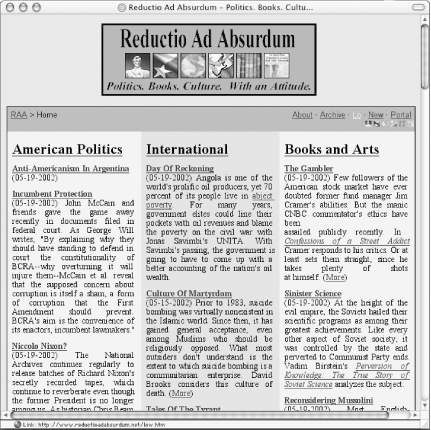 Figure 5-4. Magazine site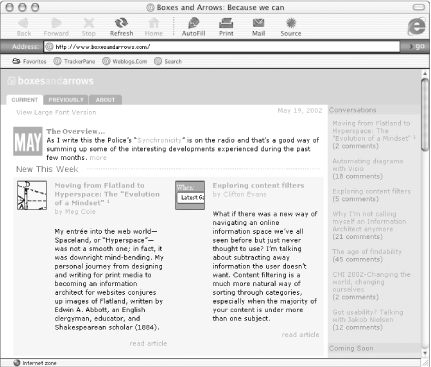 Figure 5-5. Instructional site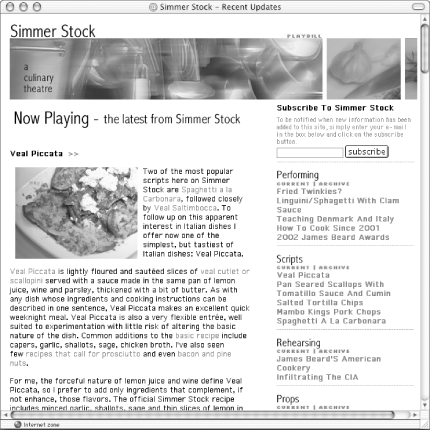 Figure 5-6. Project site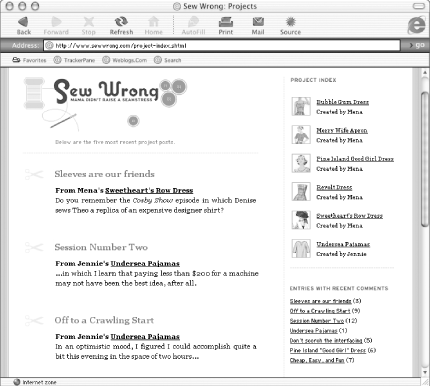 Figure 5-7. Project site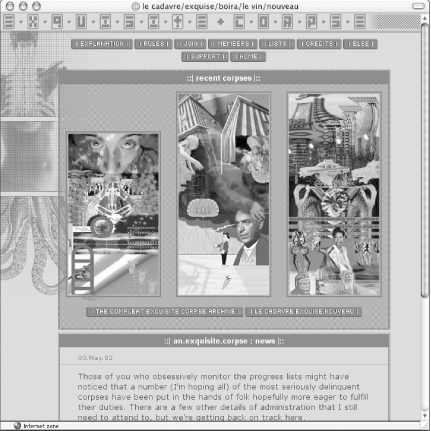 |

|
|